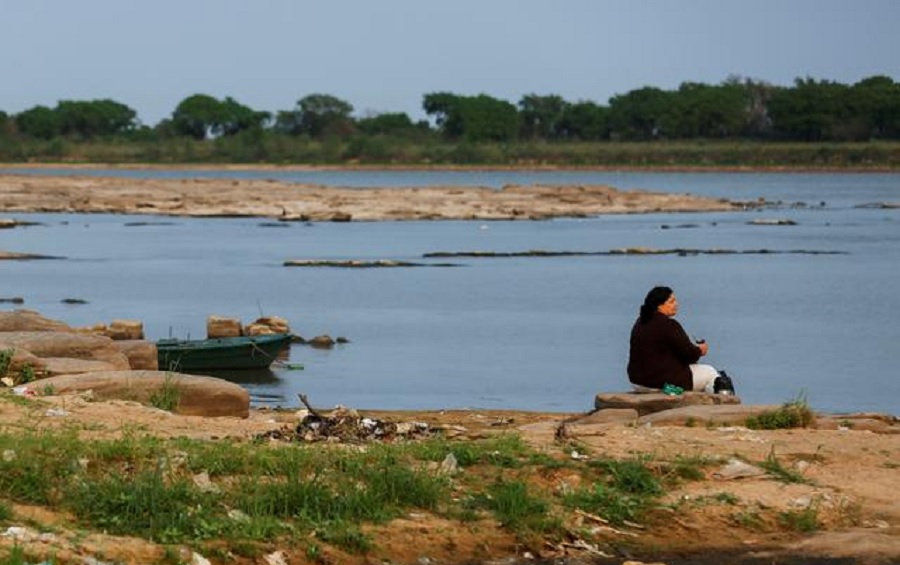RIO DE JANEIRO, BRAZIL – Vessels carrying grains and other products on the Paraguay River near Asunción are at half capacity due to the low river flow amid a record drought that is affecting river trade throughout the region, industry representatives said.
The drought has dramatically lowered the level of the river flowing from its source in Brazil, crossing Paraguay and into the Paraná River in northern Argentina.
Experts estimate that the phenomenon, which began 3 years ago, will last at least until 2022 in the country, the world’s 4th largest soybean exporter.

“The situation is critical and delicate. There is a large share of warehouses unused, which translates into a direct cost when it comes to taking products to the River Plate,” said César Jure, president of the Paraguayan Chamber of Cereal and Oilseed Exporters.
“At the end of the year we will still have an inventory of merchandise to export, both for industry and for soybeans. The new crop will have to wait in silos until we can release the old one,” added the agro-exporter.
The director of the Center of River and Maritime Shipowners of Paraguay, Juan Carlos Muñoz, said that the drought caused travel times to the River Plate to triple.
“All trade is behind schedule, everything is delayed. It is a very complicated year since 96% of Paraguay’s overseas trade is handled by river and this implies a very important impact on the national economy.”
The soybean planting that begins next month could be affected by the lack of fertilizers, said Muñoz, while Jure said that the situation forced them to seek alternative land transport to Brazilian ports in order to fulfill contracts.
Paraguay, which produces some 10 million tons of soybeans annually, has a fleet of some 3,000 vessels that transport local production as well as part of the production of neighboring Brazil and Bolivia to ports on the River Plate through the Paraguay-Paraná waterway.

